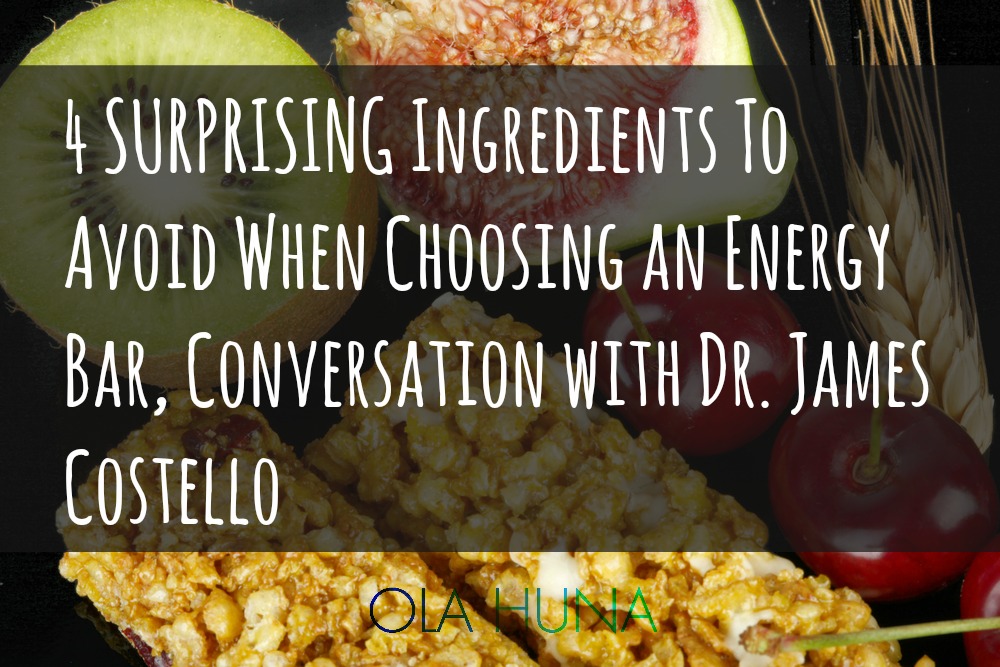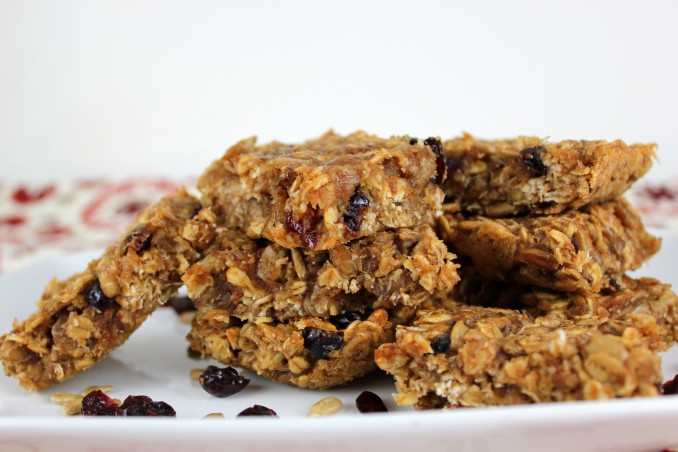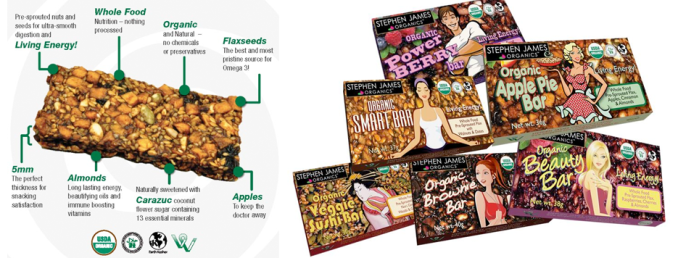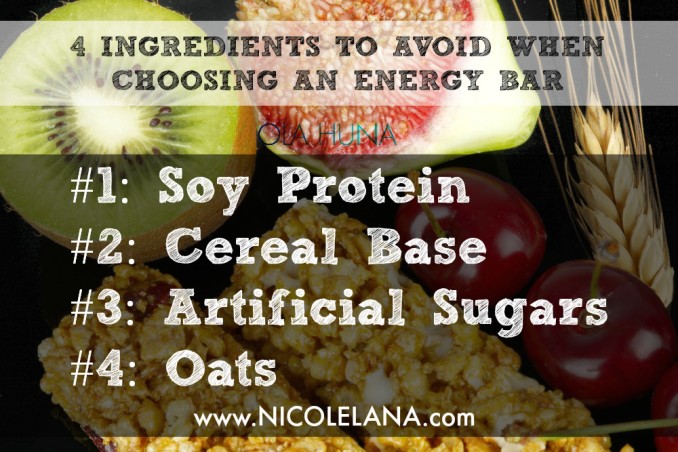

As summer is here, many of you will be traveling. And it is crucial to travel with healthy snacks, especially when you’re on the plane, given the lack of healthy food options available.
One of the easiest ways to obtain your optimal nutrition when you’re on the run (when you don’t have access to a blender), is to bring your own energy bar. With a plethora of energy bars to choose from, how do you select the best nutrition bar to nourish your body?
This is why we’ve saved the *best* to the last 2 series. If you missed any of the last 3 series, check out Part 3 right here. You can sign up for updates to part 5 here.
Our interviewee, Dr. James Costello, will continue, in Part 4 of this series, to discuss the 4 ingredients to avoid when purchasing nutrition bars and how to choose the perfect energy bar.
Let’s start!
Q: On your website, you talked about how your bars have no added fatty acids like Omega 3, 6 and DHA. Can you talk about why *added* fatty acids we find in nutrition bars are generally rancid and don’t boost nutrition?
Dr. Costello: You’re basically adding an artificial process to the bar. Omega-3 fatty acids are unstable and don’t last very long. Once you detach the oil from its “Mothership,” it has only a small period of time before heat, light, water and oxygen destabilize it. That is by definition rancidity.
If you look at fish oils, studies have shown that they have no overall benefit to prevent diseases such as cardiac death, stroke, etc. Dr. Greger has very nice, very new data on this on his website.
Q: So we’ve established that natural sugar and Himalayan salt are the good guys, and that added fatty acids are not particularly good for the body. Let’s move onto fillers. What are some common fillers in nutritional bars people should be *aware* of?
Common Fillers to be Aware of When You’re Buying a Nutritional Bar
#1: Soy Protein
People should be aware of soy protein, which is very cheap and easy to get. This is why many companies love to use it. 90% of soy is genetically modified. While non-GMO, soaked, or fermented soy like miso is wonderful, most of the soy powder available is processed. Even though consumers may not be able to taste soy powder in bars, processed soy protein causes inflammation in body.
#2: Cereal Base
There are all kinds of cereal bases, made by wheat, that fill you up but are a lot less nutritious. They can cause you gastric distress. Think “gluten.”
#3: Artificial Sugar
Of course, you may also want to be aware of artificial sugar such as high fructose corn syrup.
#4: Oats
Oats are a wonderful food but gram per gram no match for a densely packed plant protein rich flax-seed based nut and seed bar. Most oat bars are also cooked and highly heated.
Q: Now that we’ve covered what to avoid in nutrition bars, how should you pick an energy bar?
How to Select the Perfect Energy Bar
Dr. Costello: You can judge a bar by the WOOPs Index we created. “WOOPs” is an acronym with the 4 most key elements in the checklist of determining a good bar.
W: Is it a whole food bar void of fillers? 75% of the bars go off the table right there.
O: Is the bar organic? 80% of what you see in the market is excluded. Unless the organic certification is from USDA or European BIO, it is very difficult to get a completely organic bar.
O: OMG – Is the bar OMG tasty? To get a delicious bar that is tasty can be a challenge by itself, especially since the bar is packaged and sits on the shelf. The oils within the bar don’t sit very well. Most people buy a bar on its marketing and spin, but re-purchase based on taste and feeling.
P: Pre-sprouted – Is the bar pre-sprouted for digestion and enzyme maximisation?
Q: Your bar contains simple ingredients. Can you elaborate on why too many ingredients in our foods cause confusion in the body?
Dr. Costello: When you have over 12 ingredients in a bar, the efficiency of all natural foods start to decrease to a point where they offset each other and throw things out of balance. And when you eat all these ingredients together, they can be very hard to digest.
There are also no studies showing that you are better off eating all these ingredients in a bar in the long term, especially since there may be too much “heating”, traditionally Chinese medicine term, in your body.*
However, in the shorter term, your body may benefit from the “barrage” of nutrition, if you are in a quite nutrient and mineral-deficient state.
Q: Now that we have covered how to pick the best energy bar, let’s dive deeper into the concept of calories…
Dr. Costello: Let’s save this for next time!
RECAP:
Coming Up Next
So this takes us to the end of part 4 on our interview with James.
In part 5 of our series, we’ll talk about:
- Why counting calories is an ineffective way to lose weight (Isn’t this a relief?)
- The rule to remember if you want to stay toned without counting calories
If you’ve missed our last three series, please check them out here:
- Sprouted, Raw Nuts: The Best Healthy Foods to Enhance Digestion, Increase Energy and Lose Weight?
- If Soaked Nuts and Whey Fight to Death, Who Comes out Alive?
- Are all Salt and Sugar Really the Villain to Weight Loss and Health?
Stay tuned for the last part of this series by signing up for updates here!
About Dr. Costello: Dr. James Costello is the Co-Founder of Stephen James Organics. Drs. Stephen and James Costello are brothers who share a passion: optimum health. The company started when Steve wanted to give his son healthy energy bars, but those available were either unhealthy, tasted terrible, or both. So, the brothers set to work on making their own, creating Stephen James Organics.






